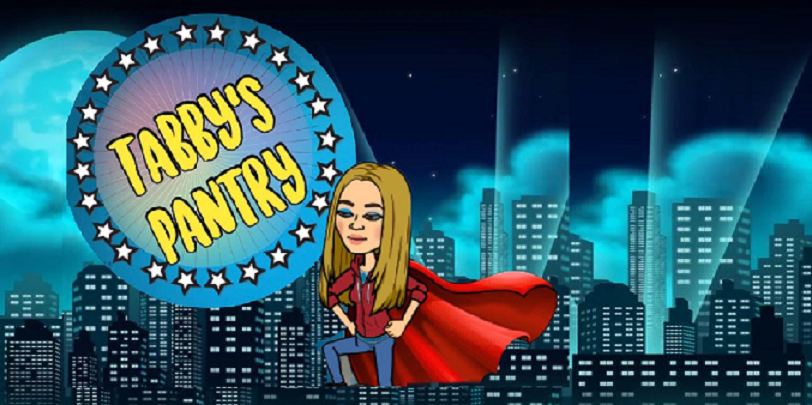Dyskinetic cerebral palsy (also known as athetoid cerebral palsy) is a form of cerebral palsy caused by damage or under-development in an area of the brain called the basal ganglia. The basal ganglia sits at the base of the brain, near to where the spinal cord enters the skull, and is responsible for a range of functions pertaining to voluntary movement, learning, and emotion. Damage to the basal ganglia can occur in the womb, during birth as a birth injury (speak to a cerebral palsy lawyer in Phoenix for further information), or after birth as a result of an injury during the immediate weeks and months of normal brain development.
Dyskinetic palsy – understanding the signs and symptoms
Dyskinetic palsy is characterised by uncontrolled movements as a result of muscles that do not respond as expected to signals from the brain – when a child with dyskinetic palsy attempts to move in a certain way, muscles adjacent to the intended muscles may flex instead. This can result in three commonly observed symptoms of dyskinetic palsy:
- Dystonia
Dystonia is typically described as carrying out uncontrolled writhing or twisting motions in a repetitive and slow fashion. This main symptom is coupled with an awkward posture, intermittent fast writhing or twisting motions, and an increase in symptoms when the child is tired or when the child perceives the situation to be stressful.
- Athetosis
Athetosis is a symptom of dyskinetic palsy marked by minor uncontrolled wriggling or slow twitching movements when at rest, which become more prominent when the child tries to move. Other symptoms linked to athetosis include grimacing and drooling, varied muscle tone from stiff to relaxed when at rest, and a lack of symptoms when sleeping.
- Chorea
Chorea is perhaps the most subtle of all dyskinetic palsy symptoms. The word ‘chorea’ is actually from the Greek for ‘dance’. The word is used in reference to irregular movements that may be abrupt and may repeat several times during any one particular instance of this symptom playing out.
Along with all of these symptoms, it is worth noting that children suspected of showing signs of any kind of cerebral palsy will also likely display more common general symptoms. These general symptoms of cerebral palsy include notable issues with vision and hearing, behavioral and learning issues, and potentially seizures. All of the symptoms must be weighed up as a whole during diagnosis, as no singular diagnosis exists for cerebral palsy.
